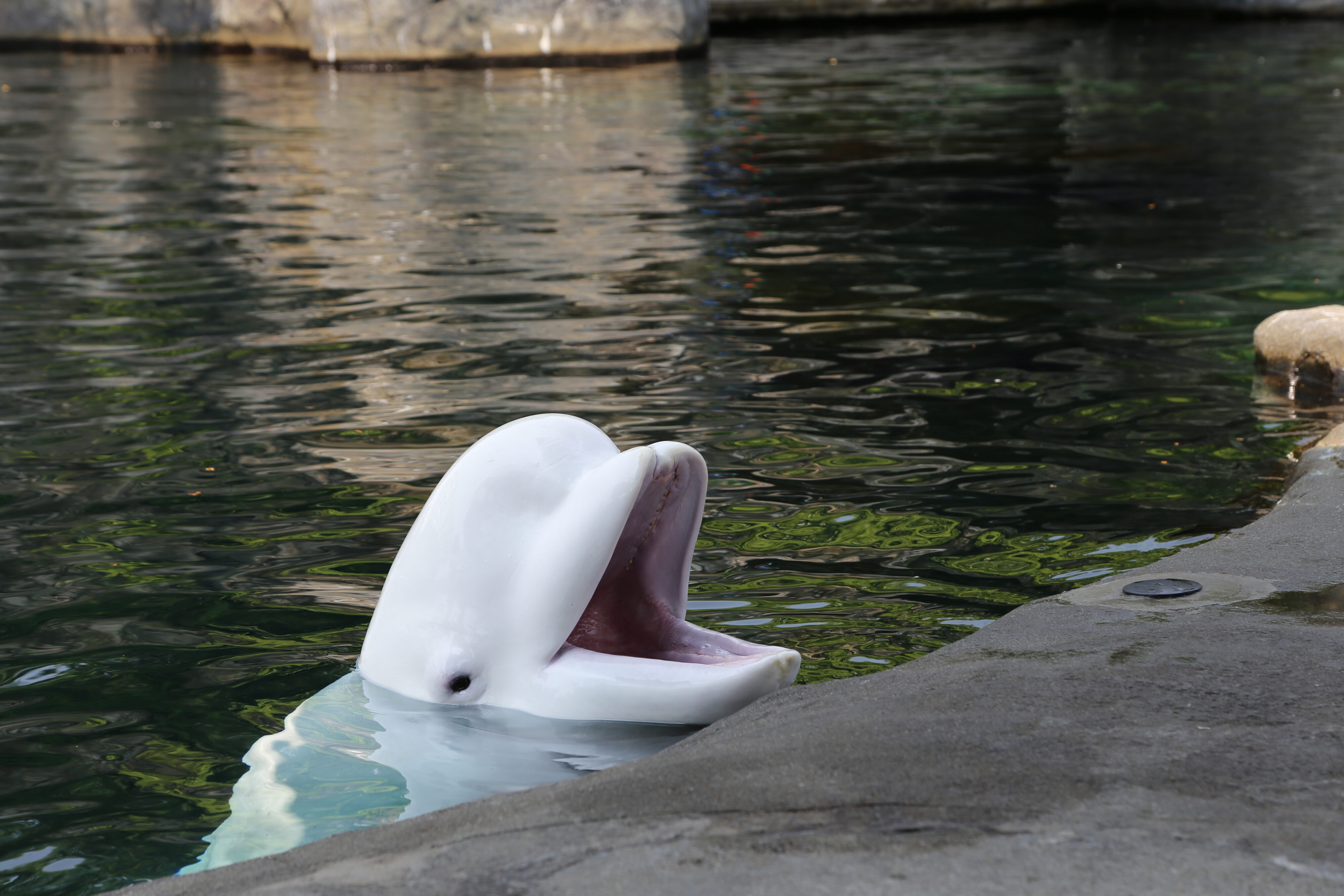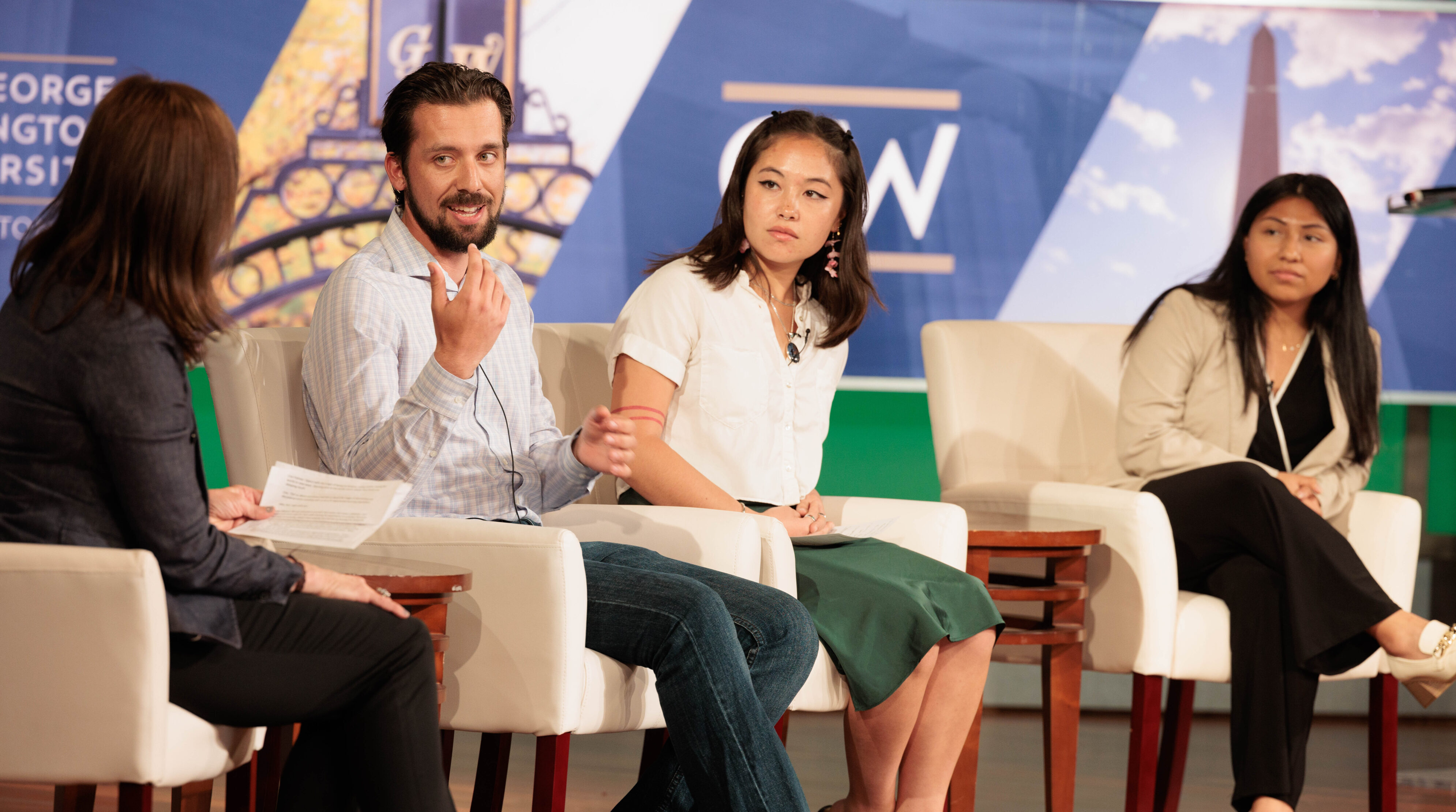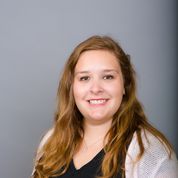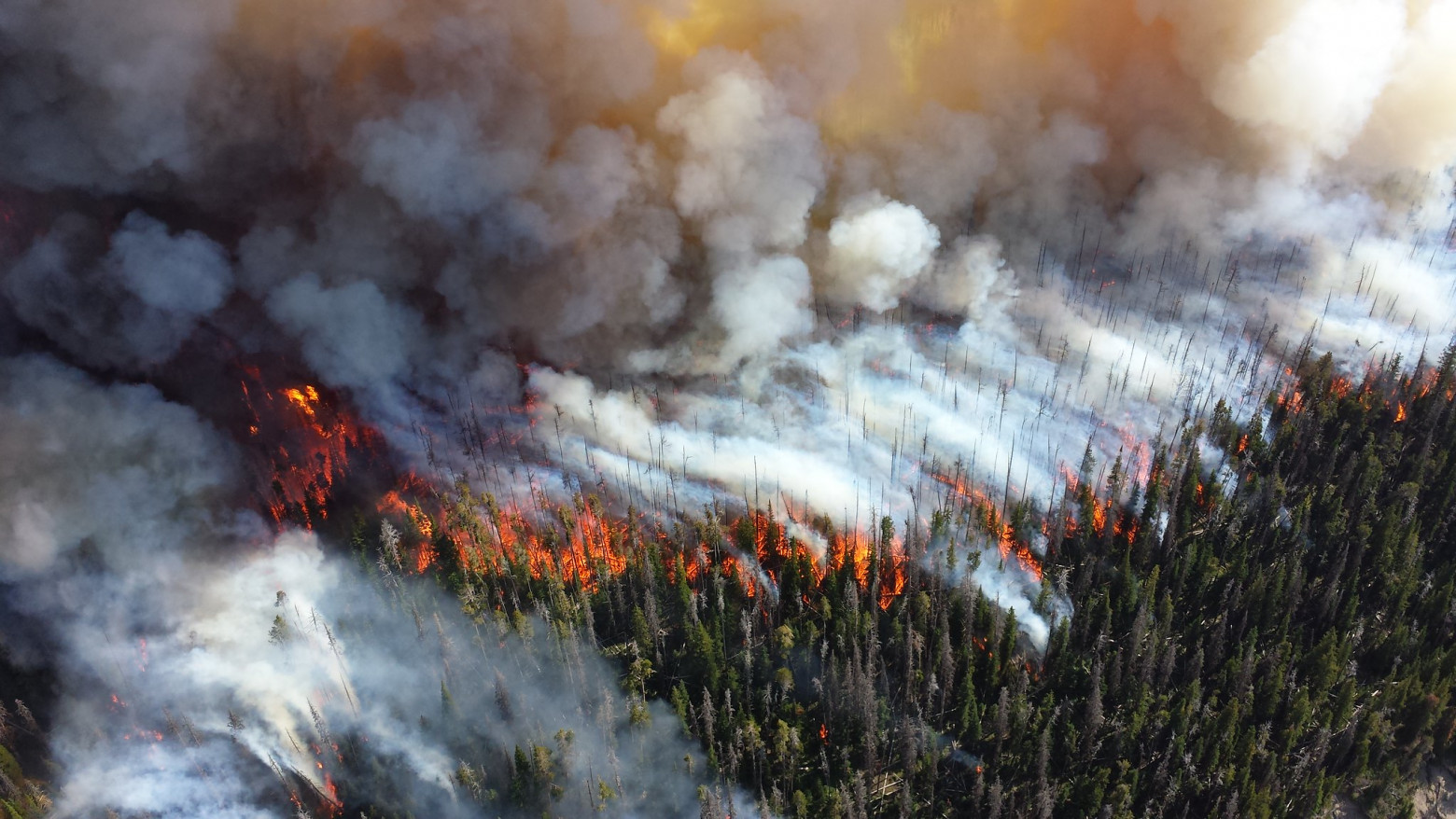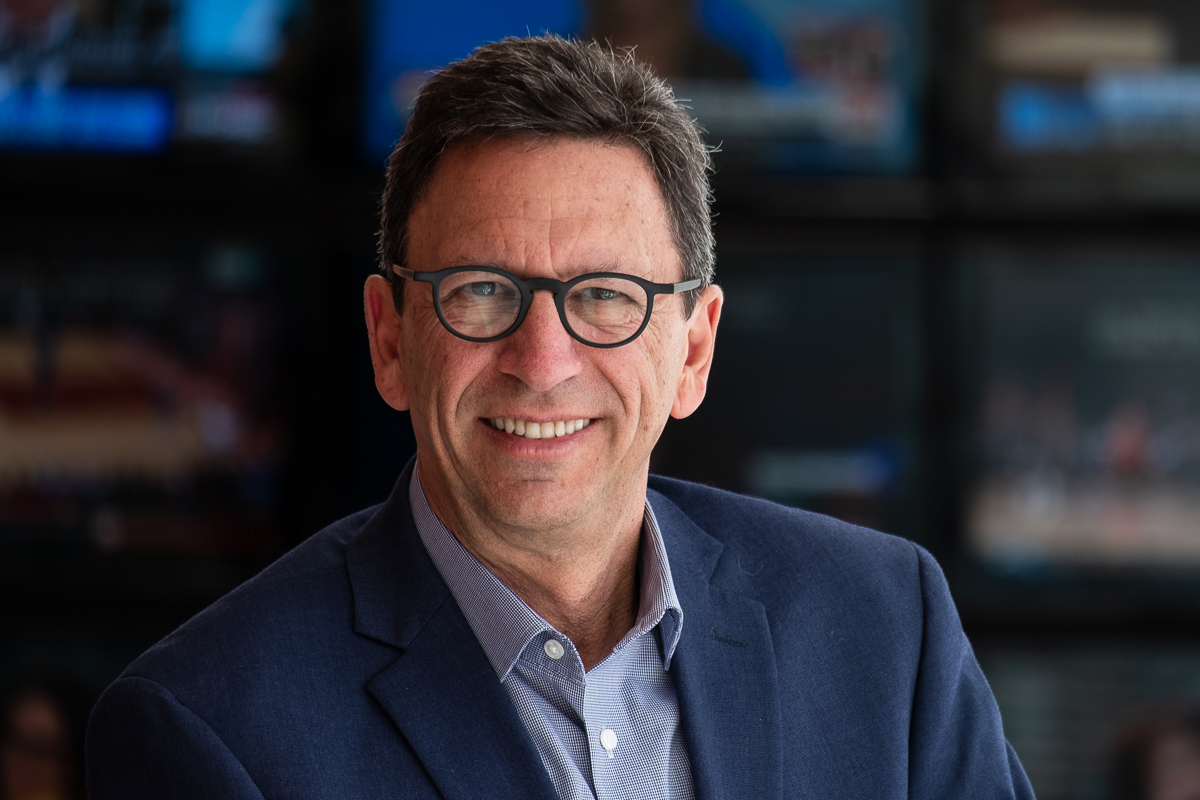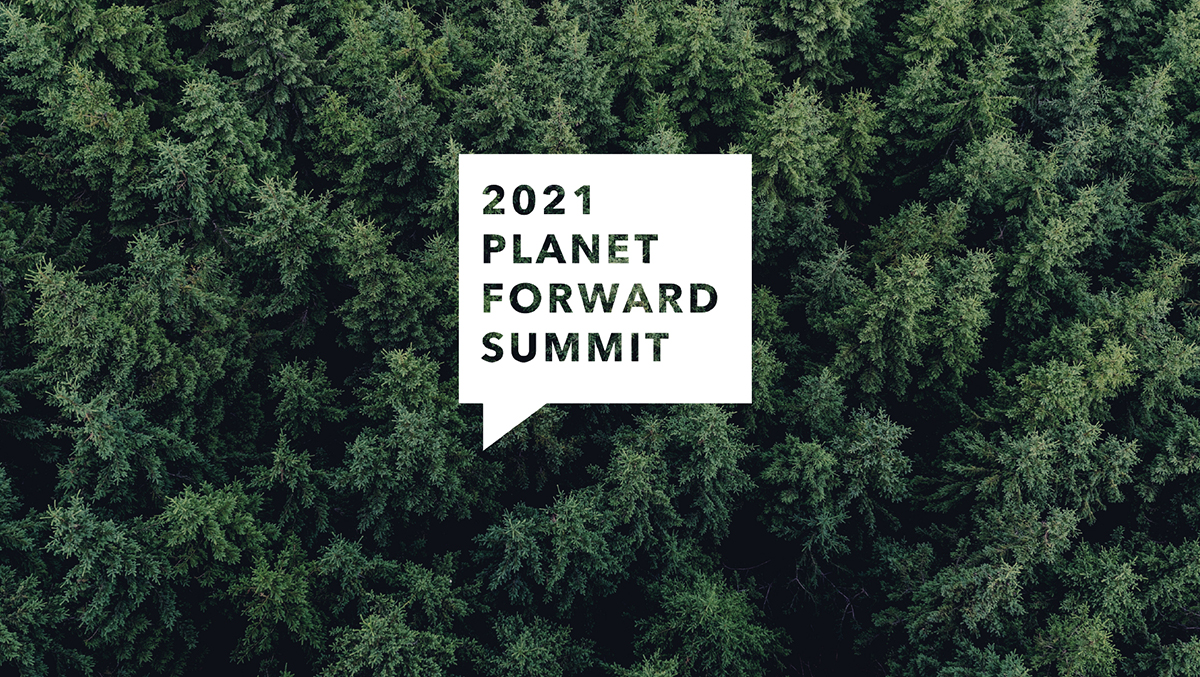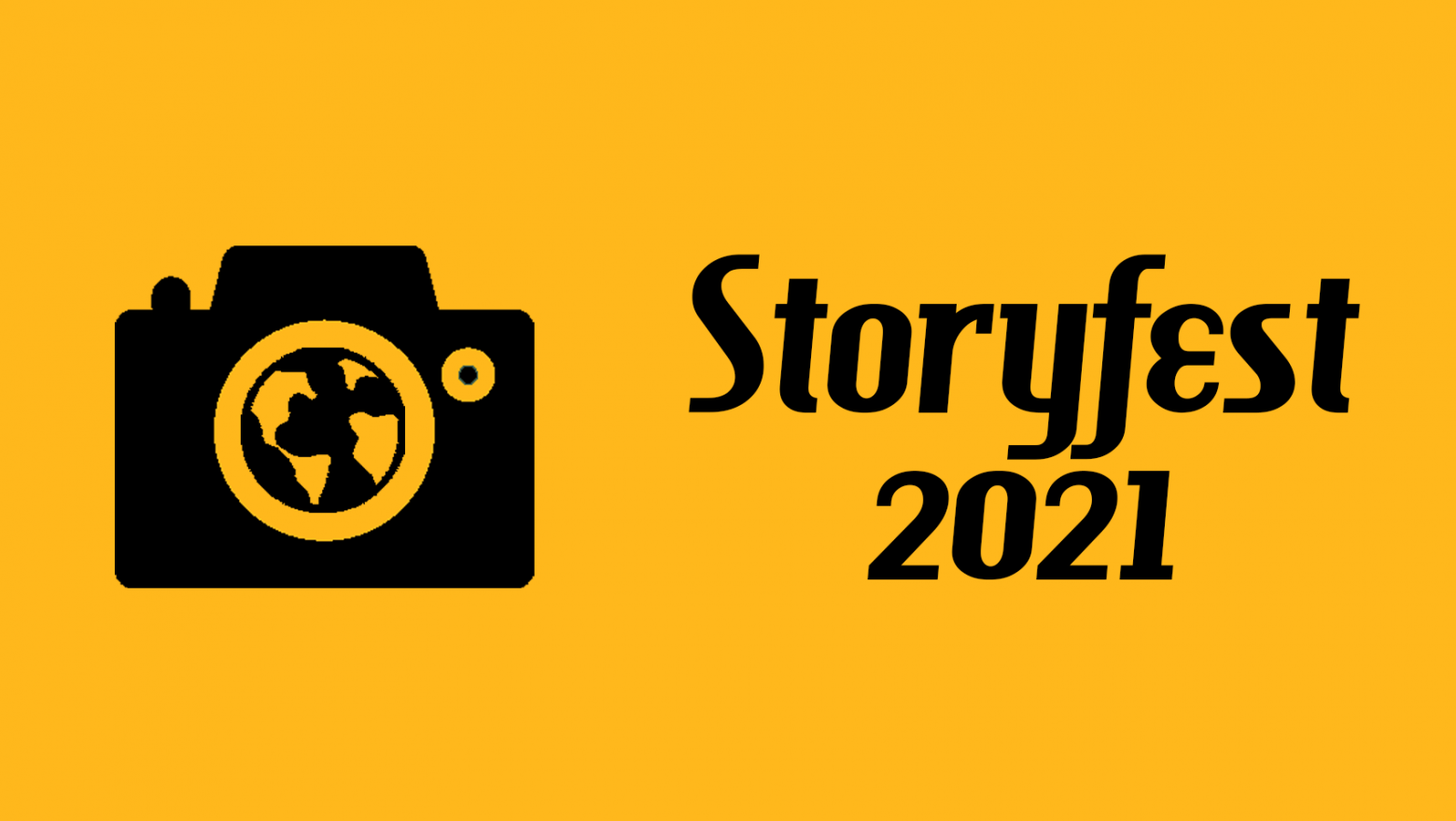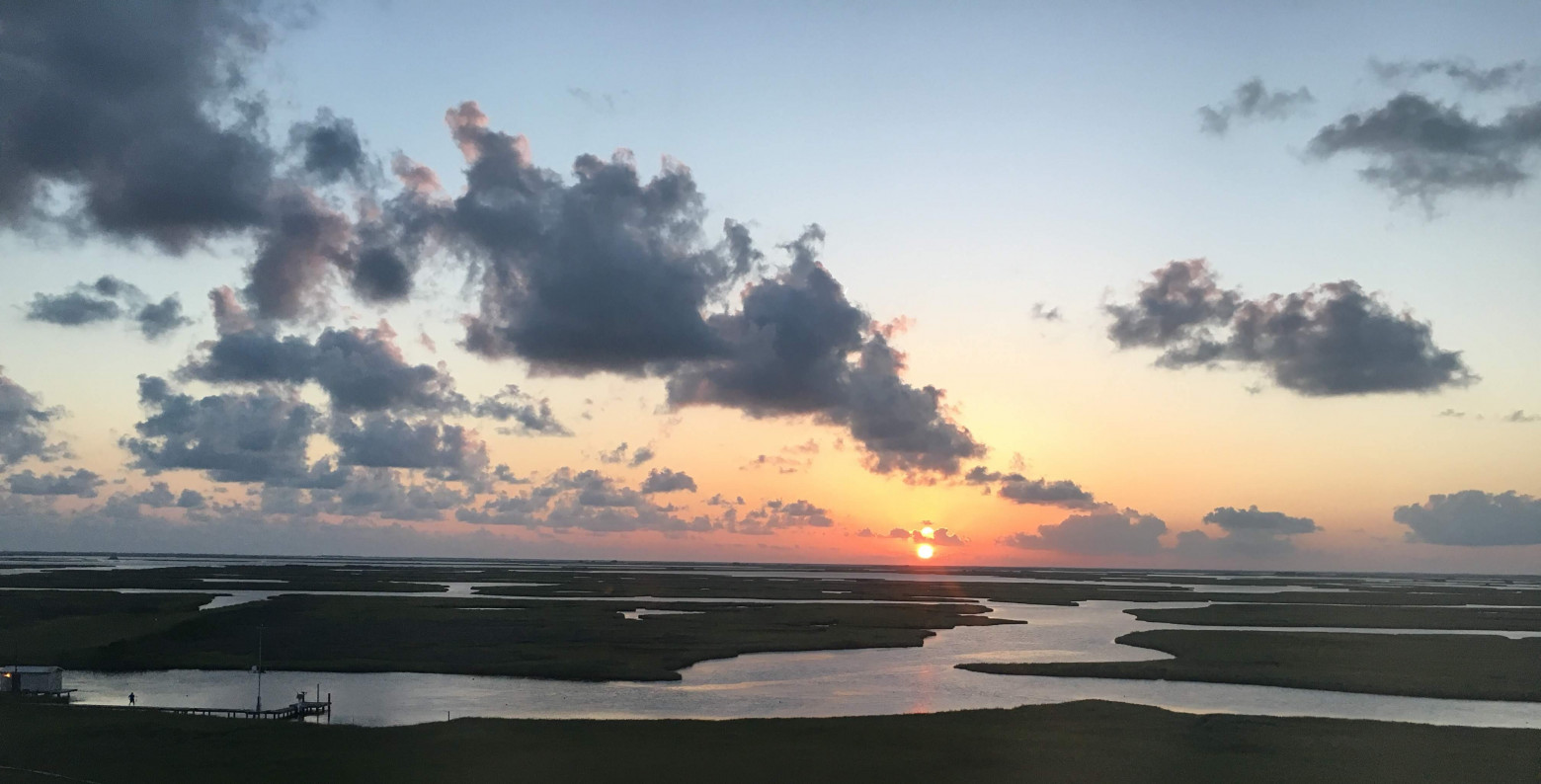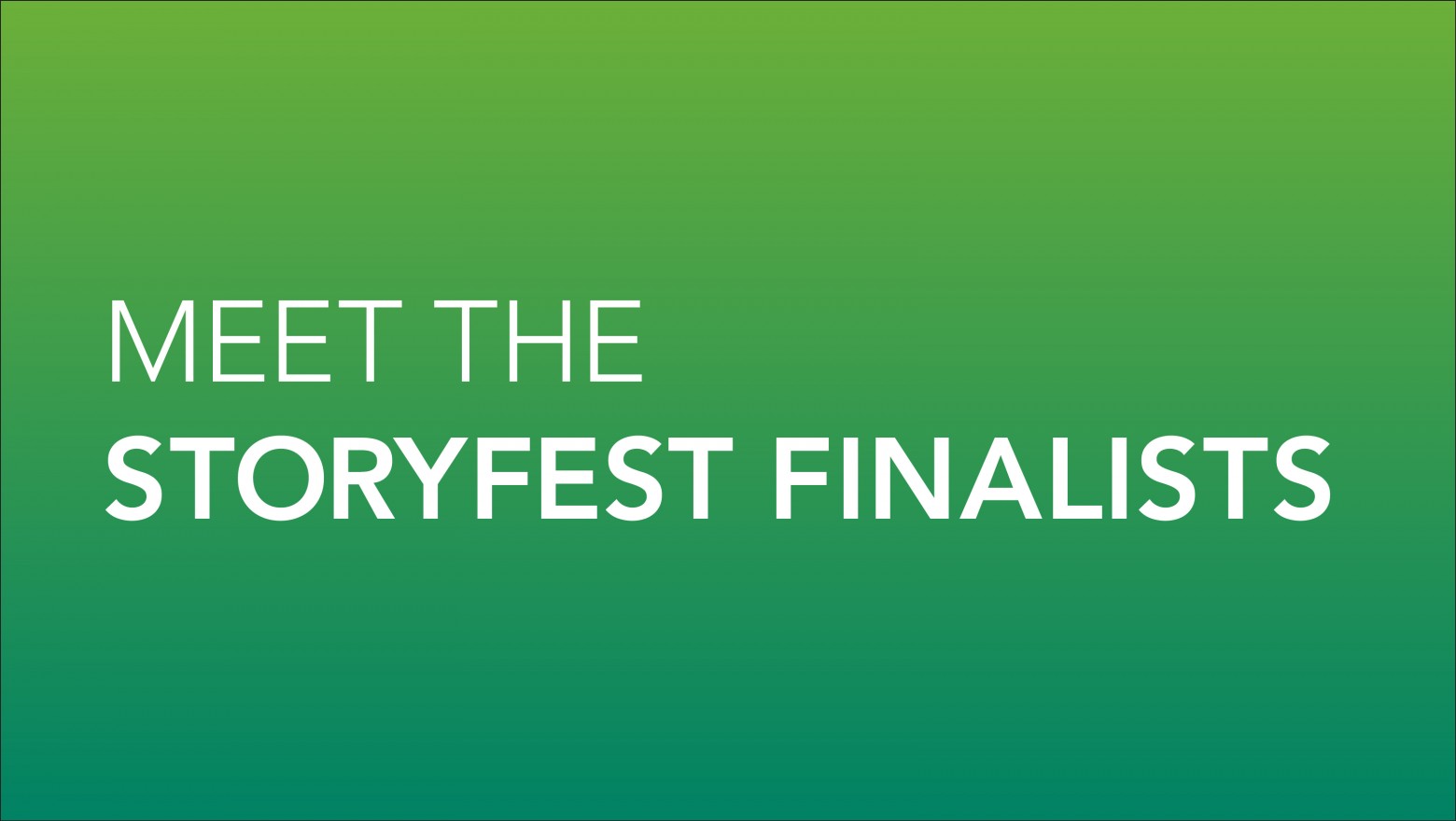
Meet the Storyfest finalists: Visionary

Finalist: Annabel Epstein and Aishvarya Kavi, The George Washington University
Story: This brunch is grown in the restaurant’s basement
How did you hear about this idea?
We heard about the Pub and the People and their collaboration with Little Wild Things through Pineapple DC, “a community for women in food that seeks to connect the good food movement with the foodie movement to create a better food system.” In the Pineapple FB group, Mary Ackley (owner of Little Wild Things Farm) posted about a Green Drinks happy hour event that was hosted at the Pub and included a tour of the farm. She also mentioned that they would be “showcasing the great environmental sustainability work of our partner, The Pub and The People.” We decided to check out the Pub and Little Wild Things farm. The rest is history!
How does the innovation in your piece move the planet forward?
Our piece shows that being sustainable doesn’t have to be expensive, hard, or look unattractive. Any establishment, whether it’s a bar, restaurant, cafeteria, or even just someone’s home, can be more sustainable and environmentally friendly with a few simple changes. By establishing mutually beneficial collaborations, Mary of Little Wild Things and Nick of The Pub are helping each other while simultaneously helping the environment and moving the planet forward.
Finalist: Jacob Lebel, Umpqua Community College
How did you hear about this idea?
Growing up on an self-sustainable farm in Oregon, I have always been very interested in local food and Community Supported Agriculture programs. At 16, I even ran a small business selling weekly shares of fruit and vegetable baskets from our farm to local customers. My family and I joined the Port Orford Community Supported Fishery share system in 2015 and I was fascinated by their application of CSA principles to the seafood business and their simultaneous achievements in ocean conservation. I wanted to learn more about the potential of this system and how it was being applied in different coastal communities across the state and the nation.
How does the innovation in your piece move the planet forward?
Our oceans may seem vast and seemingly endless in their bounty, but the reality is that they are rapidly succumbing to a constant assault from overfishing, wasteful bycatch, lowering oxygen levels, and ocean acidification. To survive and thrive, our majestic marine web of life needs human communities to develop a new, more conscious relationship to the resources they take from it. In the long term, the ideas behind Community Supported Fisheries— local food, consumer education, and ocean conservation— will also build resilient and healthy economies. These are exactly the kinds of ideas that I believe we need to move the planet forward.
Finalist: Natalie Maher, The George Washington University
Story: Power walking with purpose: Kinetic energy pathways
How did you hear about this idea?
I actually ran into the innovation myself when I was coming out of the metro. At the time it was still under construction, so I had to do some research online before it existed for real.
How does the innovation in your piece move the planet forward?
The innovation will not only save incredible amounts of wasted energy a year, but it could save urban areas thousands to millions of dollars in maintenance.
Finalist: Luca Silveira The George Washington University
Story: Helping the homeless with Miriam’s Kitchen
How did you hear about this idea?
I heard about Miriam’s Kitchen from a friend who was volunteering there. She introduced me to Tae Min Kim, the sous chef of Miriam’s at the time and he showed me all the good that this organization was doing. I met some amazing people and became infatuated with Miriam’s Kitchen, so I offered what I could offer: coverage and circulation. Going into this, the main goal in mind was to deliver Miriam’s message and then to let the world react to it. I’m very confident that if that message gets enough attention, many would share my reaction to this non-profit and would therefore help this cause in whatever ways that they could.
How does the innovation in your piece move the planet forward?
Miriam’s was actually difficult to cover because of the variety of planet-progressive resources that they offer. Off the top of my head, Miriam’s Kitchen offers programs that help the homeless community with housing, clothing, food, safe prayer spaces, and mental illness. I focused on the non-profit as a soup kitchen in an effort to keep the work short. Homelessness and lack of food resources are complicated and widespread problems in the United States. We often oversimplify these issues because the sheer amount of obstacles to consider is daunting, however the people at Miriam’s have shown me that fighting for a cause means challenging every single face of that issue. For example, Miriam’s Kitchen not only provides food, but the chefs and volunteers seek to provide restaurant quality dishes that are healthy to combat the malnutrition that plagues the homeless community. On top of that, they help to reduce food waste in DC as their ingredients are donated scraps from local restaurants. This mentality of doing more than the bare minimum is extremely prominent at Miriam’s Kitchen, and I think that many non-profits and people could learn from that.
Finalist: Nathaniel Wiener, Middlebury College
Story: Pedestrian streets: The scalability of Strøget
How did you hear about this idea?
I am currently studying abroad in Copenhagen, Denmark. My first week of walking to class, I began walking on a pedestrian street lined with shops called Strøget, located between my apartment and my classes. The pedestrian street, specifically its simplicity and user-friendliness, immediately gave me the idea to make a film about it and submit the film to PF’s Storyfest. Given my status as a student abroad, I created the video using just my iPhone and an external mic, which, while lacking any frills whatsoever, allowed me to capture the essence of my idea.
How does the innovation in your piece move the planet forward?
When I began looking into pedestrian streets I figured out that they are an innovation that (based on their history of implementation in various cities) are very easy to implement and make a sizable difference in the pedestrian friendliness of any area in a city. Furthermore, while researching, I found that car-free streets also lead to a measurable improvement in air quality and reduce harmful automobile emissions, leading to cleaner air in city centers. Hopefully, my piece helps expand the idea’s reach in order to move the planet forward! I’m honored and and thrilled to have been chosen as a finalist in this year’s Storyfest!





